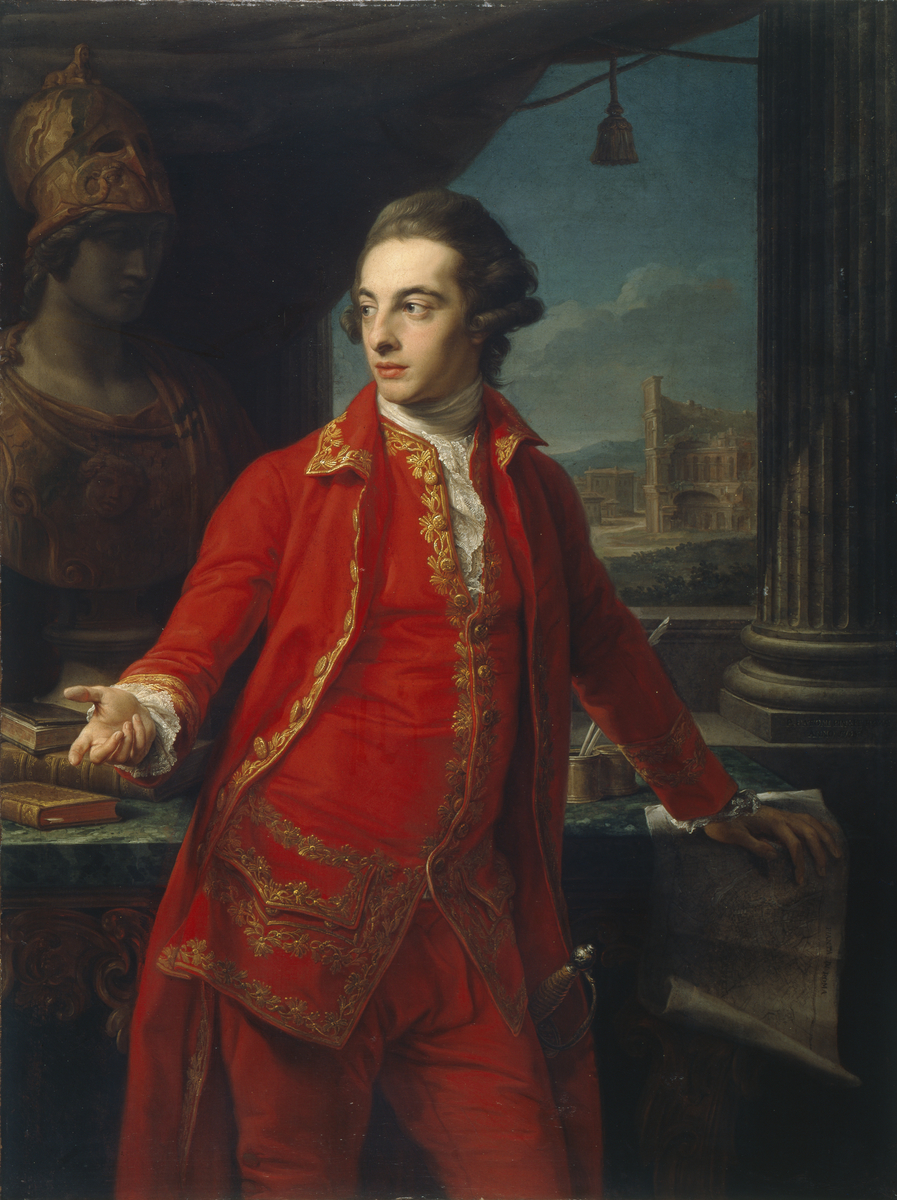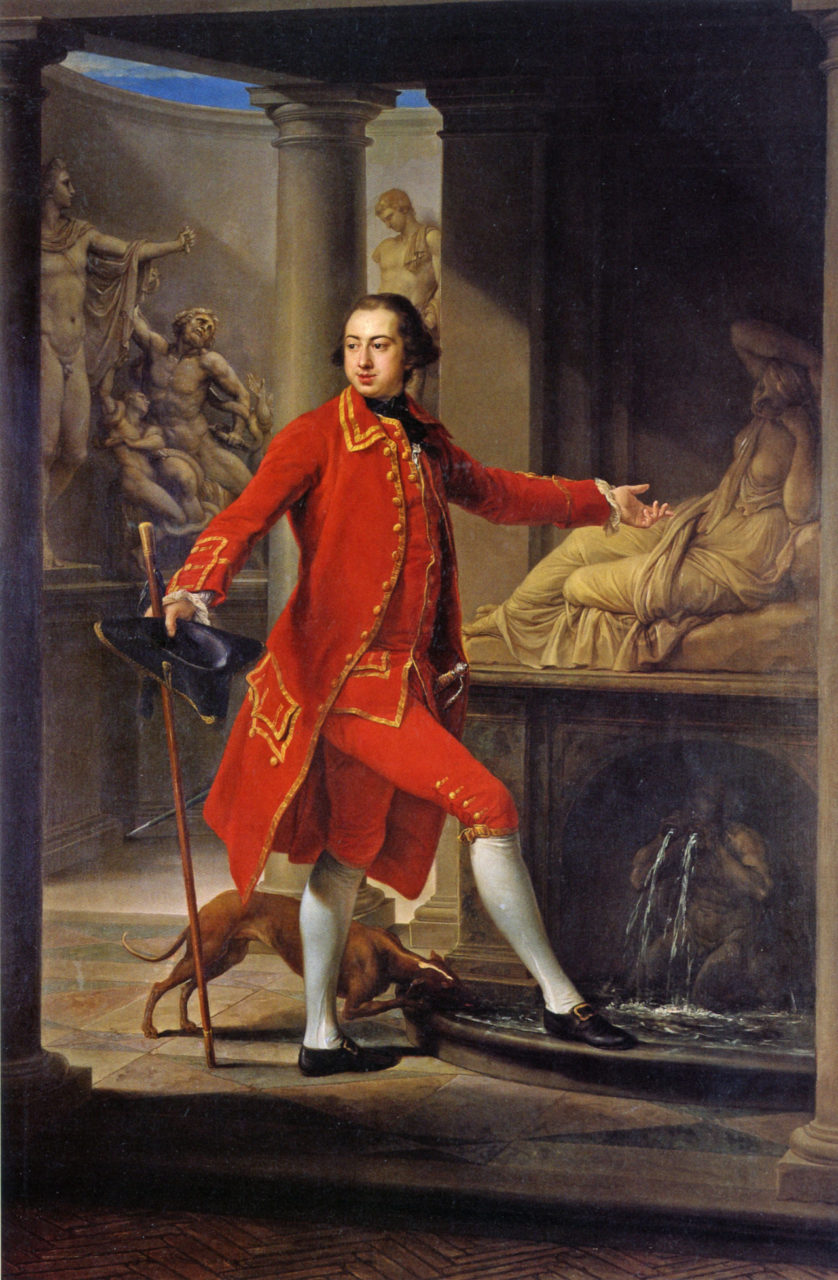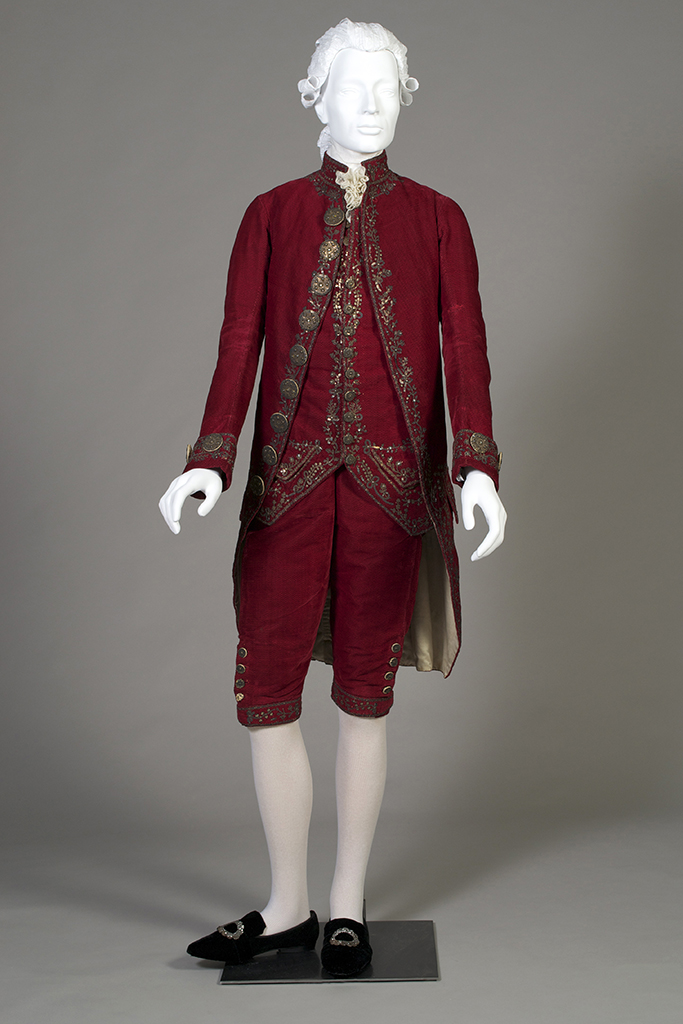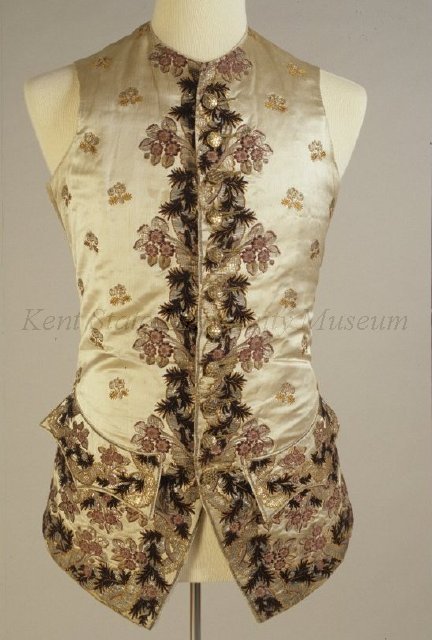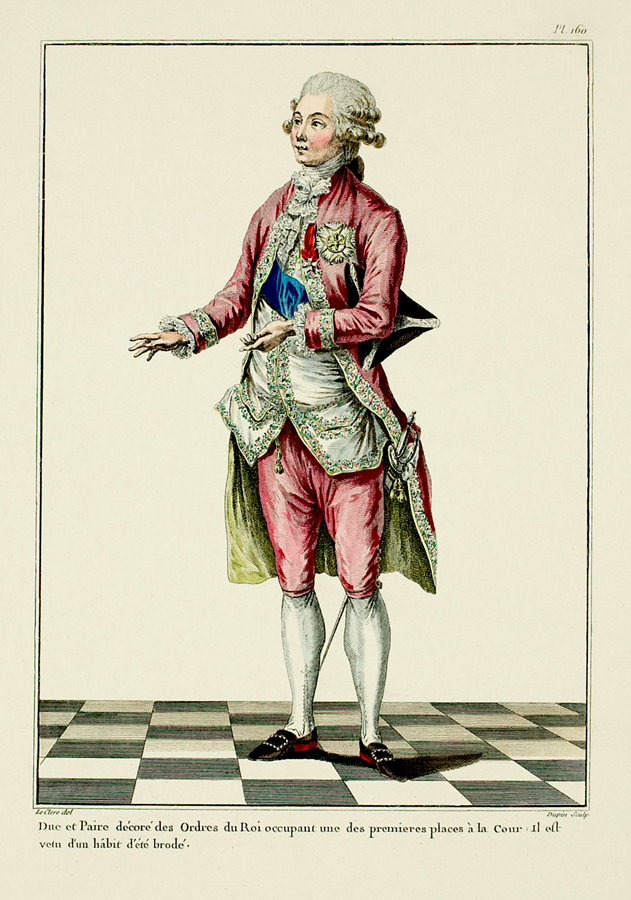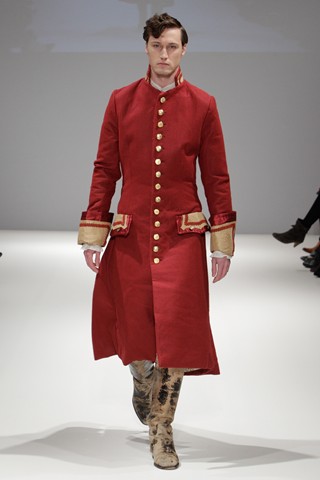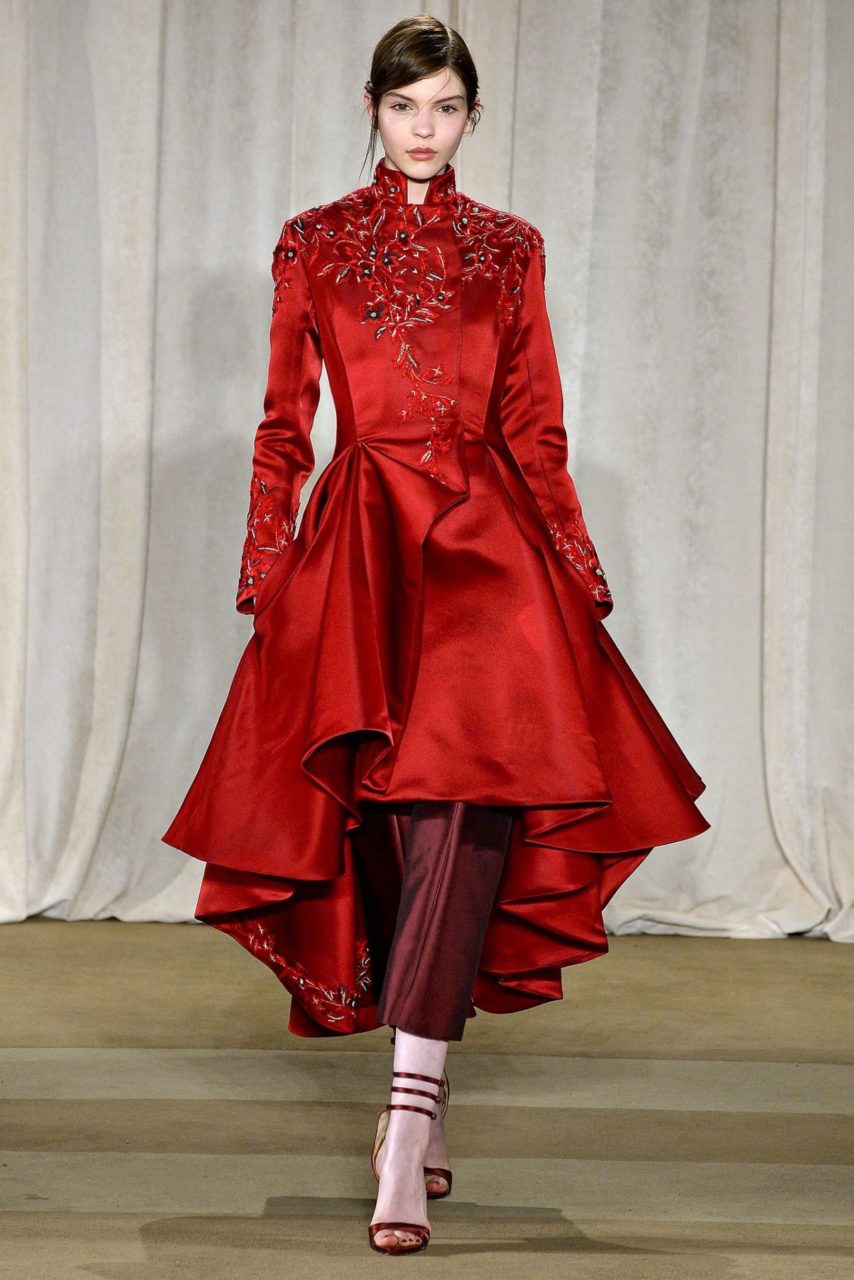Pompeo Batoni became the premiere portraitist for 18th-century English, Irish and Scottish gentlemen during their visit to Rome on the Grand Tour, as seen in this portrait of an unknown young man.
About the Portrait
T he artist of this portrait is Pompeo Girolamo Batoni. Born in 1708 to a goldsmith in Lucchese, he became involved in art at an early age and earned a reputation among the locals for being a great engraver of precious metals. In 1727, he left his home for Rome where he began his serious studies in art. Soon he became known for his talent in copying Classical sculptures and was sought after by aristocratic patrons as a Classical painter (Brigstocke). In the 1740s, he was commissioned by the church to paint altarpieces and it was there, in Rome, where he encountered Grand Tourists. Between 1750-1760, he produced 60 British portraits and created a reputation as one of the best for the likeness of his portraits. His style was vivid and precise. It usually had the sitter engaged in a leisurely pose with an open Classical setting, surrounded by antiquities (Bowron 38). This gave the sitter an sophisticated and refined quality. The identity of this sitter is still unknown; however, based on the elaborately embroidered suit, many assume that he was most likely a French aristocrat on the Grand Tour.
Fig. 1 - Pompeo Batoni (Italian, 1708-1787). Sir Gregory Page-Turner, 1768. Oil on canvas; 134.5 x 99.5 cm. Manchester: Manchester Art Gallery, 1976.79. Source: Manchester Art Gallery
Pompeo Girolamo Batoni (Italian, 1708-1787). Portrait of a Young Man, c. 1760-65. Oil on canvas; 246.7 x 175.9 cm (97 1/8 x 69 1/4 in). New York: Metropolitan Museum of Art, 03.37.1. Rogers Fund, 1903. Source: The Met
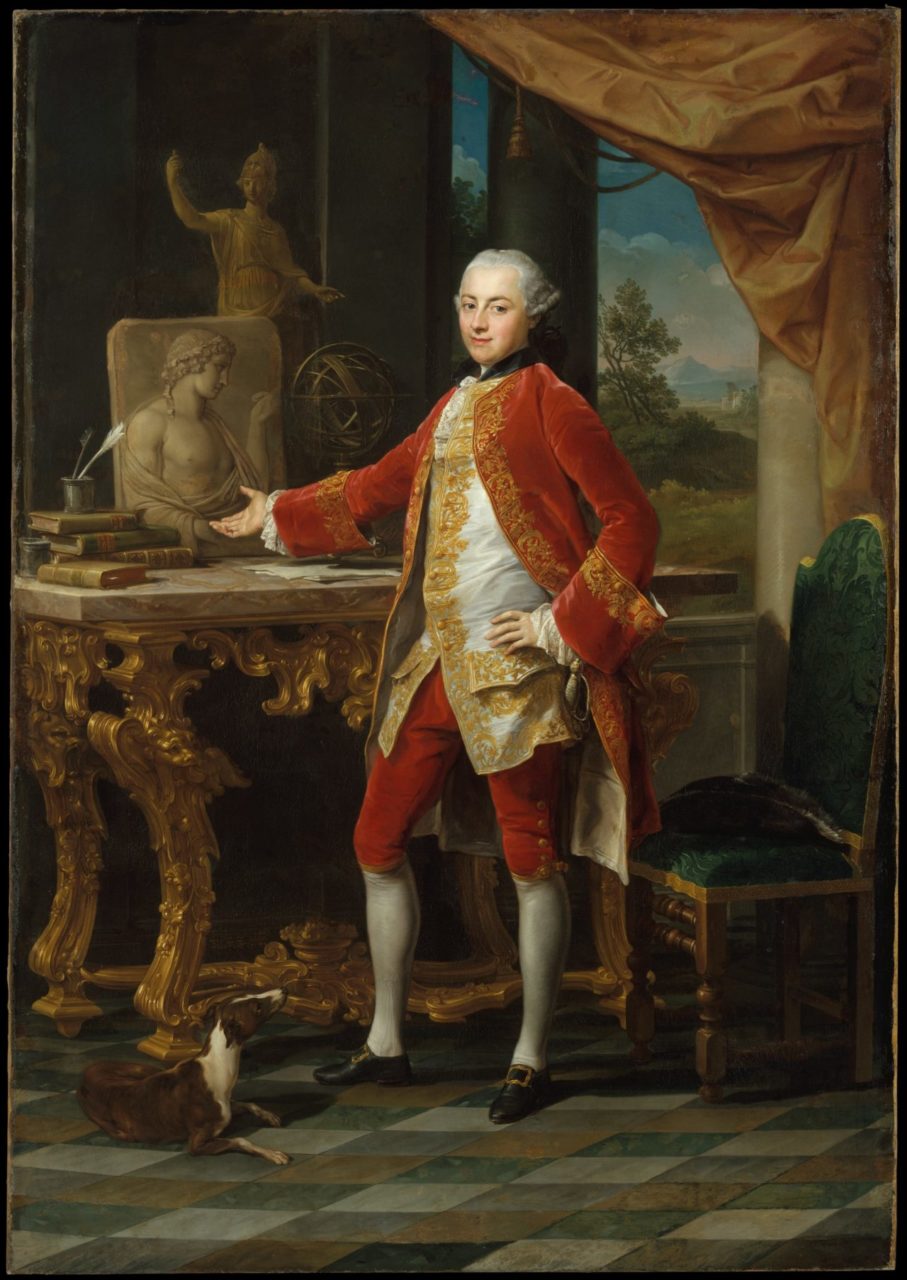
About the Fashion
The sitter is wearing a typical French three-piece court suit, like the one in figure 3, as decreed by King Louis XIV. He wears a red silk velvet long coat with wide cuffs and gold embroidery on the edges in the front and on the sleeves with matching gold buttons for closure. Underneath that he wears a white silk waistcoat similar to the one in figure 4 with matching gold embroidery and buttons for closure. He pairs it with fitted red silk velvet breeches with a belted gold ribbon trim and matching gold buttons vertical from the closure. Underneath that, he wears white stockings and black leather shoes with a decorative gold buckle strap. He also is seen wearing a sword on his hip, a lace jabot and black cravat around his neck and an undershirt with lace sleeves. The costume was most likely made by a male tailor and acquired in a shop where the sitter was measured to create a personalized fit.
Most men of the eighteenth century wore powdered wigs like our sitter. It was a mark of social status and became essential for full dress occasions. The powder was made of a finely ground starch and could be scented with orange flower or lavender root (Wikipedia). This costume was mandated by the court in France and was mainly worn by male aristocrats such as the one depicted in figure 5. It was considered formal attire, but also could have been worn by those in a leisure setting such as the Grand Tour, especially when sitting for a portrait. In the late 17th century, Western European style had changed and became more fitted for men. For example, the men depicted in figures 1-2 are seen wearing similar garments from this period which fit the popular styles worn at the time. We can tell from the sitter’s style that he is a high noble by the use of elaborate and ornamental gold details throughout his whole outfit. The deep, wide cuff of our sitter’s coat, referred to as a ‘boot-cuff’ sleeve (Fig. 6) was in fashion from 1725 to 1735, some thirty years earlier than the assigned date given to Portrait of a Young Man.
Fig. 2 - Pompeo Batoni (Italian, 1708-1787). Portrait of Thomas Dundas, 1763. Oil on canvas. Private Collection. Source: Flickr
Fig. 3 - Designer unknown (French). Men's velvet suit, ca. 1778. Silk, silver, other metal. Kent: Kent State University Museum, 1995.17.174 a-c. Source: Kent State University Museum
Fig. 4 - Designer unknown (English). White satin waistcoat, ca. 1748-1752. Silk, silver. Kent: Kent State University Museum, 1983.001.0015. Silverman/Rodgers Collection. Source: Kent State University Museum Collections
Fig. 5 - Artist unknown (French). French Fashion Plate, 1781. Paper. Private Collection. Source: EKDuncan: My Fanciful Muse
Fig. 6 - Designer unknown (French). Ceremonial Waistcoat, 1727-1730. Silk brocade, silver-gilt lace. Moscow: The Moscow Kremlin Museums, Тк-2910. Belonged to Emperor Peter II. Source: Moscow Kremlin Museums Collection Online
Yet, a letter from Anthony M. Clark to Theodore Rousseau, dated January 19, 1960, along with the unpublished manuscript of Federico Zeri and Elizabeth E. Gardner [ca. 1970–80] dates the painting to the first half of the 1760s based on similarities to a portrait belonging to Lord Trevor, signed and dated 1764 and notes that the same objects appear in other works by Batoni from the same period. (Metropolitan Museum). The heavier style representative of early Baroque costume shown at this later date could be a reference to Batoni’s Baroque qualities of painting.
Its Legacy
The portrait style of Batoni influenced other artists who began to imitate his Classical themed backgrounds and relaxed poses. After his death, there was a new emerging style of painting and many of Batoni’s works went into private collections. After WWII, there was a renewed interest in Baroque paintings and Batoni’s work was highlighted by museum curators in Europe and North America. His work become included in global tours of Baroque studies and some are now featured in famous museums such as the Metropolitan Museum of Art (Bowron, Grove).
Although the silhouette of the three-piece suit has changed throughout the ages, it has continued to be the chosen formal garment for men today. Many modern designers have been inspired and incorporated a red three-piece suit in both men’s and women’s collections. Prophetik’s (Fig. 7) Jeff Garnerthe said of his Autumn/Winter 2011/12 collection inspired by the court of King Louis XV:
“Art became frivolous, a slave to consumers, [and] diseased of romantic snobbery; The season exudes the freedom from the pretense of being what we would become, fleeing from egotism into the wonderment of an artist.” (Prophetik)
Marchesa designers Georgina Chapman and Keren Craig were inspired by the eighteenth-century panting Portrait of Maria Teresa de Vallabriga on Horseback by Francisco de Goya for their Fall 2013 RTW collection (Fig. 8). The design house is typically fueled by patrons for high-end gala events:
“It was only when the show brought together the gilded embroidery, rich hued fabric like burgundy or blood red, and the theatrical style of seventeenth-century dress did this collection move into designs that felt more destined for the stage rather that the ‘real’ world of event dressing” (Michault)
Fig. 7 - Prophetik (Jeff Garner) (American, 1978-). Look 35, Autumn/Winter 2011. Photo by Christopher Dadey. Source: British Vogue
Fig. 8 - Marchesa (American). Ready-to-Wear Look 1, Fall/Winter 2013. Photo by Stefano Masse of InDigital / GoRunway. Source: Vogue
References:
- Bowron, Edgar Peters, and Peter Björn Kerber. Pompeo Batoni: Prince of Painters in Eighteenth-Century Rome. New Haven: Yale University Press, 2007. https://books.google.com/books?id=Oaz12CpPKaYC&lpg=PP1&pg=PA38.
- Bowron, Edgar Peters. “Batoni, Pompeo.” Grove Art Online. Oxford Art Online. Oxford University Press, accessed November 10, 2015, http://www.oxfordartonline.com/subscriber/article/grove/art/T006862.
- Brigstocke, Hugh. “Batoni, Pompeo.” The Oxford Companion to Western Art. Oxford Art Online. Oxford University Press, accessed November 10, 2015, http://www.oxfordartonline.com/subscriber/article/opr/t118/e199.
- Christiansen, Keith. “‘Going for Baroque: Bringing 17th-Century Masters to the Met’: The Metropolitan Museum of Art Bulletin 62, no. 3 (Winter, 2005) | MetPublications | The Metropolitan Museum of Art.” Accessed July 1, 2018. https://www.metmuseum.org/art/metpublications/Going_for_Baroque_Bringing_17th_Century_Masters_to_the_Met_The_Metropolitan_Museum_of_Art_Bulletin_v_62_no_3_Winter_2005.
- Michault, Jessica. “Marchesa Ready To Wear Fall Winter 2013 New York.” NOWFASHION. Accessed July 1, 2018. https://nowfashion.com/marchesa-ready-to-wear-fall-winter-2013-new-york-3270.
- “Pompeo Batoni | Portrait of a Young Man | The Met.” The Metropolitan Museum of Art. Accessed July 1, 2018. https://www.metmuseum.org/art/collection/search/435623.
- “Portrait of a Young Man | Pompeo Batoni | 03.37.1 | Work of Art | Heilbrunn Timeline of Art History | The Metropolitan Museum of Art.” The Met’s Heilbrunn Timeline of Art History. Accessed July 1, 2018. https://www.metmuseum.org/toah/works-of-art/03.37.1/.
- “Prophetik Time-Travels to the Court of Louis XV for Autumn/Winter 2011.” Accessed July 1, 2018. https://inhabitat.com/ecouterre/prophetik-time-travels-to-the-court-of-louis-xv-for-autumn-winter-2011/.


